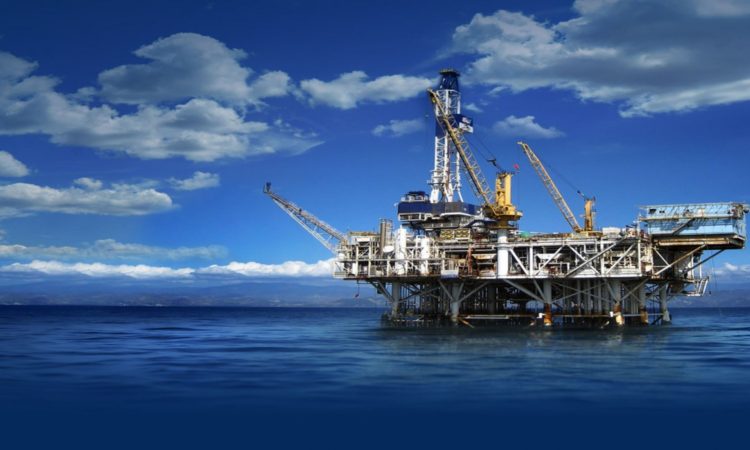Offshore Oil and Gas Industry – What Electrical Workers Need to Know
Offshore Oil and Gas Industry – What Electrical Workers Need to Know
Mar 16, 2018

Safety of personnel and equipment is given the utmost importance in offshore oil and gas industry electrical installations, due to remoteness and higher emergency response times in the case of a catastrophic incident.
The accommodation is limited for personnel on board. The equipment layouts are designed in compact modular format to optimize the footing and movement. State laws, including the electrical safety laws that mandate compliance with AS/ NZS 3000, may not apply. However, an electrical license is still required to do electrical work.
Offshore Oil and Gas Industry – Competency & Experience Requirements
Any electrical work completed within Australia requires an electrical licence. And safety training (BOSIET, FOET, HUET) is mandatory for the offshore industry. Having this qualifications will definitely give you an edge over other applicants in a recruitment decision.
EEHA competencies covering installation, maintenance and inspection will be a mandatory requirement. PMV’s EEHA Install, Maintain and Inspect course covers these areas. You will almost certainly need to hold a dual electrical/instrumentation trade as accommodation is limited on offshore facilities so electrical personnel are expected to also handle instrumentation. PMV Training’s Cert III in Instrumentation and Control and Cert IV in Electrical and Instrumentation covers these.
Gaining some maintenance experience is a smart way to enhance your resume and show recruiters you have the skills and ability to complete a wide variety of job roles.
Cables and Cable Transients
Braided armor cables is more common than SWA cables because braided cables:
- Are resistant to corrosive and harsh atmospheric present on offshore platforms; and
- Have higher bending radius than SWA cables, making it easier to work with in the constricted spaces on the offshore platforms.
Low-smoke, zero-halogen (LSZH) cables are mandatory offshore because these cable offers higher safety. LSZH cable jacket is made with low-smoke, halogen-free materials. No Halogen means that a cable does not produce any toxic combination of gas, acid and smoke when exposed to fire. Multi Cable Transits (MCTs) are being used for all penetrations through walls, rather than the block and cement work often used onshore. Familiarise yourself with terminating braided armor cables and working with MCTs would be a huge advantage when working offshore.
Legislation Covering the Australian Offshore Industry
When working offshore, the Commonwealth (federal) Act: The Offshore Petroleum and Greenhouse Gas Safety Act (OPGGSA), is applicable. The industry regulator is the National Offshore Petroleum Safety and Environmental Management Agency (NOPSEMA).
Electrical licensing requirements apply to all types of facilities in all states unless falling under the jurisdiction of NOPSEMA. In this case, the offshore operator will nominate which standards will be applicable in their Basis of Design (BoD) and scope valuation to NOPSEMA, and then must demonstrate compliance with the chosen standards. Offshore operators can nominate EN standards, IEC standards or even North American standards, where in this instance an electrical license is not required. However, there will still need to be a demonstration of competency in the mentioned standards.
The regulation is state based onshore, and may differ from state to state. It will also vary depending on the type of facility. Upstream facilities (production wells) will usually be covered by legislation relating to petroleum leases. Downstream facilities like refineries, terminals and LNG plants may be covered by Major Hazard Facility legislation (depending on the state), and pipelines by still other legislation.
Recent Post
Mar 14, 2024
